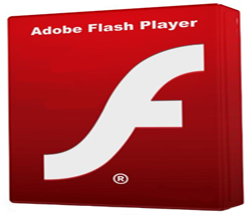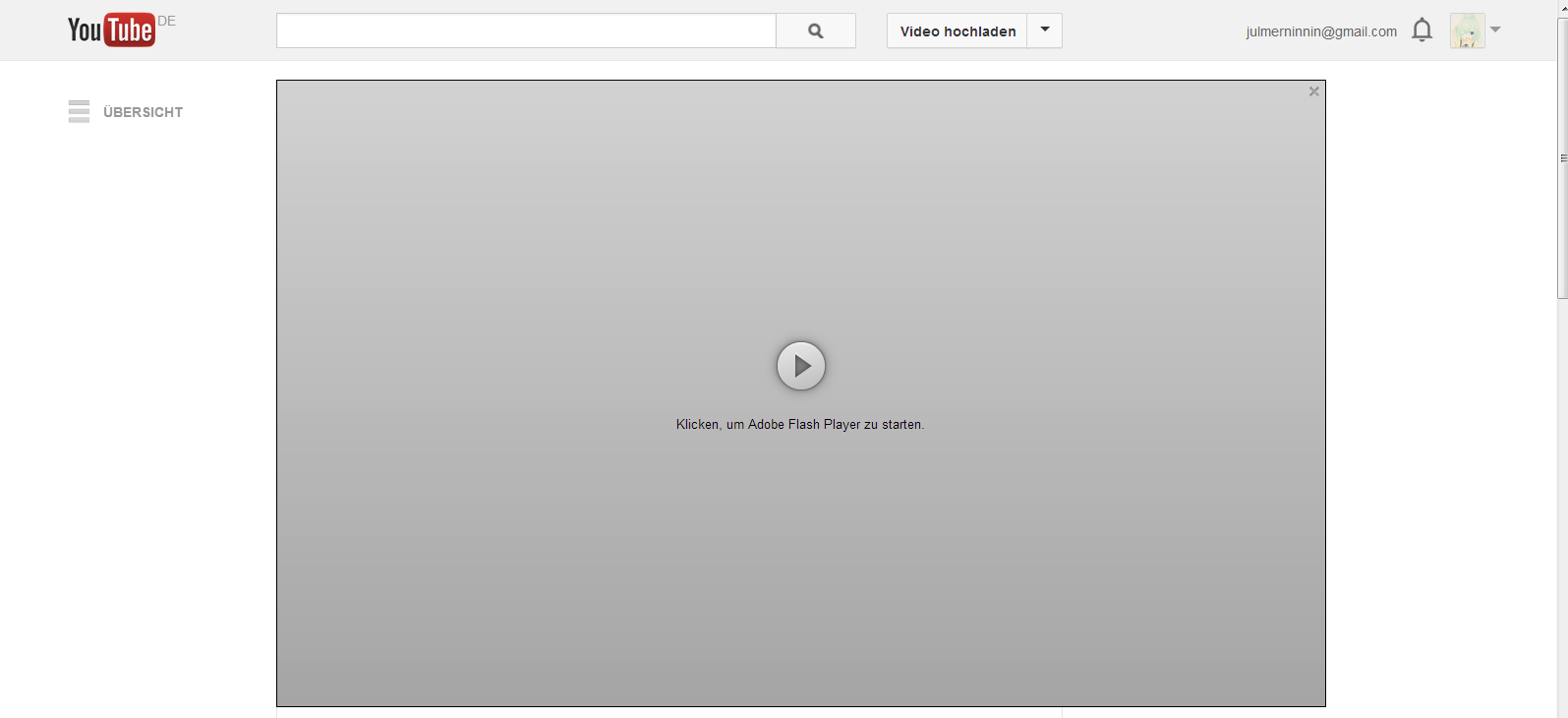

Opera Software has decided to attack this issue head-on, promising to implement Flash-like rich, scripted multimedia document functionality directly in its browsers. Opera is ubiquitous, but even it can't control what happens when a user clicks a link to a media file. Opera offers consumer electronics vendors a browser for embedded and set-top use as well. Flash Player's girth leaves it notably absent from mobile devices, and that's where a common solution for rich, interactive multimedia documents is most needed.įlash Player is well distributed, but the superlative Opera platform-native full browser solution is everywhere: Windows, Solaris, QNX, OS X, OS/2, Linux (SPARC, PowerPC, and x86), FreeBSD, and BeOS, as well as the three most popular feature/smartphone platforms, Symbian S60, Windows Mobile, and UIQ. Windows Media, RealPlayer, and QuickTime don't hit that "one for all" sweet spot.īut Flash is still a plug-in, large and highly demanding of computer resources, and while its platform coverage is broader than others, it's far from ubiquitous. Flash Player is smooth and responsive enough to handle interactive games, and encoding video for Flash allows developers to embed a unique GUI into the video.


Only Adobe Flash Player touches all the bases: vector graphics, scalable text, animation, audio, video, and scripting, and it rolls all of these types into a single document that's played by one widely accepted plug-in. Media players are used to play video and audio, and user interaction and scripting are handled in the browser with decidedly mixed results. And while all of these players have the ability to mix text, video, audio, scripting, and GUI interaction, these features are hardly ever used. Each has its own style for wiring into browsers, its own terribly annoying traits, and its own set of proprietary formats that the others can't play, and yet each wants to take control of in-browser media playback when it's installed. Media player plug-ins, with Windows Media Player, RealPlayer, and QuickTime leading the category, are not consistently implemented across platforms. Safari, Firefox, Mozilla, Internet Explorer, and the rest all require plug-ins, also known as Browser Helper Objects, to present content that's richer than W3C standards demand. Using client- and server-side scripting, Web developers can divine which browser and operating system a user is running, but that's of little help. At present, Web developers have no consistent way to deliver media-rich content to the unlimited variety of platforms and browsers used by surfers worldwide. Opera Software's plans to beef up its browser so that Adobe Flash Player-like functionality will be intrinsic to the program are a move in the right direction.


 0 kommentar(er)
0 kommentar(er)
